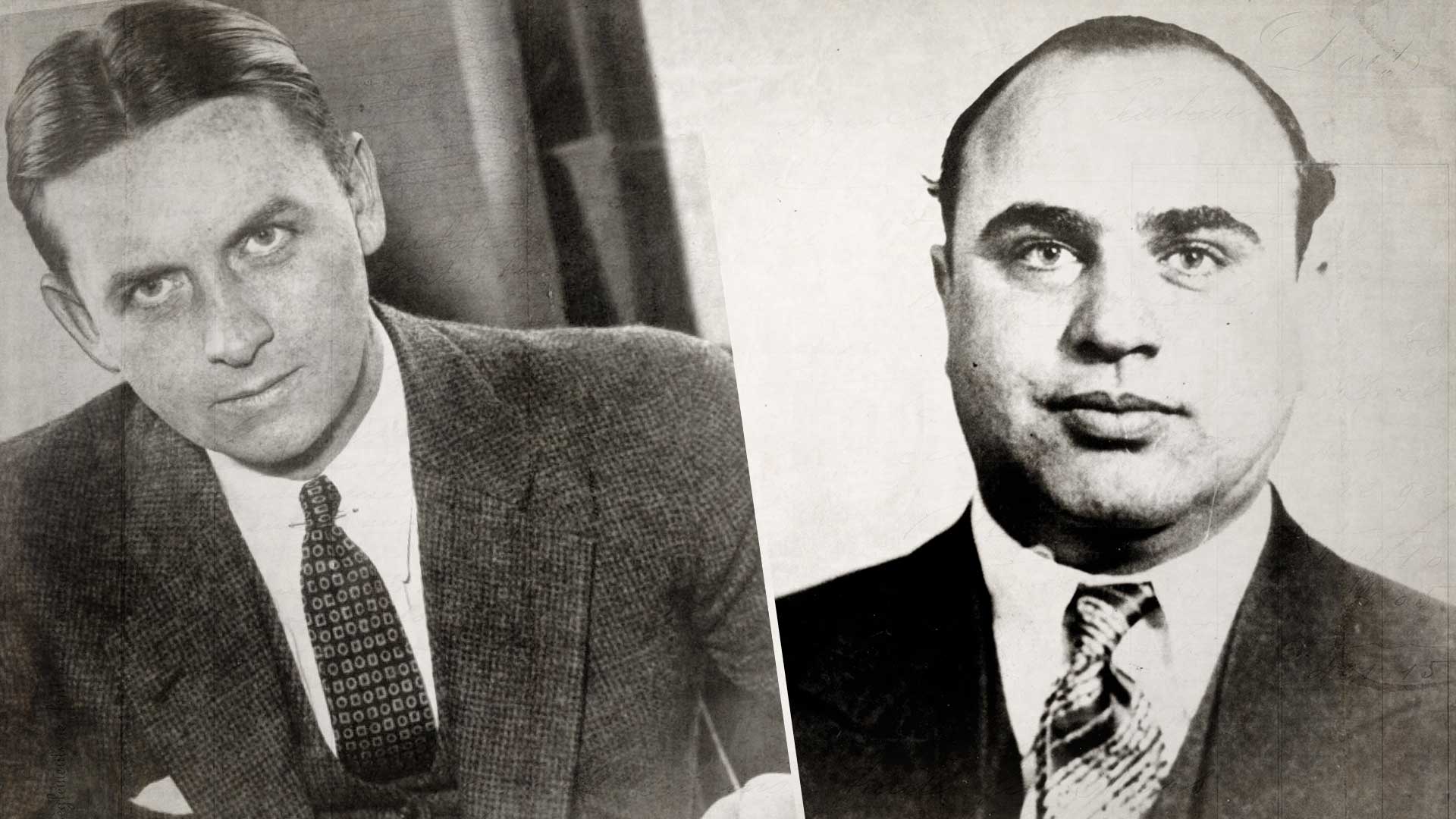BOATS THIS WEEK (AUG 19-25,2024) — Historical events from the movies start with The Crucible and how it depicts the Salem witch trials from this week in 1692. Then, we’ll learn a bit about Patsy Cline’s hit song “Crazy” because it was this week in 1961 that she started recording it in the studio, and that’s shown in the 1985 biopic about her life called Sweet Dreams. For our third event, we’ll learn about the eruption of Mount Vesuvius as it was shown in the movie Pompeii.
Editor’s note: The filmmakers couldn’t have known this, but there’s a good chance it didn’t actually happen this week in history. Listen to the episode to learn more.
Until next time, here’s where you can continue the story.
Events from this week in history
- Monday: The Crucible
- Wednesday: Sweet Dreams
- Saturday: Pompeii
Birthdays from this week in history
- Friday: King Louis XVI of France in Marie Antionette
- Saturday: William Wilberforce in Amazing Grace
- Sunday: Ivan Vasilyevich “Ivan the Terrible” in Night at the Museum: Battle of the Smithsonian
Historical movie released this week in history
- Wednesday: Inglorious Basterds
Also mentioned in this episode
Did you enjoy this episode? Help support the next one!
Disclaimer: Dan LeFebvre and/or Based on a True Story may earn commissions from qualifying purchases through our links on this page.
Transcript
Note: This transcript is automatically generated. Expect errors. Reference use only.
August 19th, 1692. Salem, Massachusetts.
For our first movie, we’re traveling back to the time of the Salem Witch Trials from The Crucible, that 1996 film with Daniel Day-Lewis and Winona Ryder. To find the event from this week in history in the film, we’ll need to start at about an hour and 50 minutes into the movie.
“Now, Mr. Proctor. Did you bind yourself to the devil’s service?”
Daniel Day-Lewis’s character, John Proctor, is standing there across from Paul Scofield’s character, Judge Thomas Danforth.
Judge Danforth tells John that he must write it down so they can put it on the church door as a good example to bring them to God.
There are two women in a cart behind Judge Danforth, but he’s not looking at them. He looks at John and Elizabeth Proctor standing in front of him. Danforth is only talking to John, though.
He asks the question again.
“Did you bind yourself to the devil’s service?”
John pauses for a moment. Then he offers his reply, “I did.”
Judge Danforth turns to the women in the cart now, saying there’s no point in keeping the conspiracy. Confess with him!
Elizabeth Lawrence’s version of Rebecca Nurse is tied to the cart behind Judge Danforth. She bursts out, “It is a lie!”
Judge Danforth asks if John Proctor saw anyone else with the devil—Rebecca Nurse, Mary Easty, Giles Corey, Martha Corey?
John says no, he did not.
Anyone?
John: No, I did not.
Others around Judge Danforth tell him to let John sign and be done with it!
A moment’s pause. Then, a quill is handed to John Proctor. He looks at a piece of paper…and signs his name.
The true story behind this week’s event depicted in the movie The Crucible
That’s just the start of the whole sequence that that continues on—but it’s showing something that happened this week in history when five people were hung in what we now know as the Salem Witch Trials.
Although the movie’s portrayal of events are highly dramatized, it is correct to show that John Proctor—Daniel Day-Lewis’ character—was someone who was killed by hanging this week in history on August 19th, 1692.
He was one of 19 total people who were executed by hanging throughout the duration of the witch trials that took place between February of 1692 and May of 1693.
Almost all of the accusations were circumstantial at best, and nothing that would hold up in a court of law today. There are a lot of people who think the true motivation started off small and innocent before spreading into landowners realizing they could take advantage of it to legally take the land and possessions of their neighbors.
Is that what really happened? Well, I guess that’s something that keeps the Salem Witch Trials at the forefront of our curiosities because there are so many debates about the true causes and motivations behind what happened.
Regardless of any of the circumstantial evidence, the baseless accusations or the religious fever that gripped the region—at the end of the day, there were over 200 people accused of witchcraft. 30 were found guilty. 19 people were executed by hanging, five people died in jail as a result and one man, Giles Corey, was tortured to death by being pressed—the slow process of adding stones on top of him until he was killed.
This all happened in the United States thanks to religious people who were so set in their ways that they were okay with killing their own neighbors simply because someone accused them of witchcraft.
When, in reality, those accusations have been analyzed over the centuries and there have been numerous explanations—and no matter what outcome you believe, at the end of the day, everyone can agree that there was no valid reason for the hysteria to kill their neighbors.
If you want to see the event that happened this week in history, though, look in the show notes for links to where you can watch The Crucible as well as listen to our deep dive into the historical accuracy of that movie back on episode #143 of Based on a True Story.
August 21st, 1961. Nashville, Tennessee.
For our next movie, we’re in the 1985 biopic called Sweet Dreams to see how it portrays Patsy Cline recording her now-famous song called “Crazy” in the studio. At about an hour and 21 minutes into the movie, we’re in the recording studio with four men and one woman. Almost immediately, there’s an oddity as the woman is holding herself up with a crutch.
No one is playing their instruments, but we can hear music playing…it must be something playing over the speakers in the studio. She hobbles over to the pianist, who is busy jotting down some notes.
She rests her crutch on the piano as the man keeps singing the song in the background, “I’m crazy for feeling so blue…”
She waves to the guys in the sound booth to cut the song.
She shakes her head.
“I don’t care how many times you play that; I can’t sing this man’s song.”
One of the men in the sound booth replies that no one wants her to—take it away from him. The pianist closest to her reaffirms this. To hell with the demo, steal it!
Cigarette in hand, she shakes her head again. “How am I supposed to do this song?”
The man in the studio replies, “Just like you always do, Patsy—your way!”
The true story behind this week’s event depicted in the movie Sweet Dreams
I’ll be the first to admit the movie’s version may not make a lot of sense without watching the rest of it, but that short segment is how 1985’s Sweet Dreams depicts when Patsy Cline recorded her now-famous song “Crazy” in the studio.
That man on the demo? Another singer who was famous in his own right: Willie Nelson.
Of course, at the time, Nelson wasn’t famous. Quite the opposite. According to Nelson’s autobiography, part of the idea that inspired him to write the song “Crazy” had to do with how he felt during a time of his life when he was trying to support his family with unstable work.
In the movie, while Jessica Lange’s version of Patsy Cline is recording the song we hear her talking to one of the men in the control room named Bradley.
He’s played by Jerry Haynes in the movie, and there is a level of historical accuracy there because Owen Bradley really was Patsy Cline’s producer. In fact, it was Bradley who suggested the song for Patsy Cline after he heard it from one of Willie Nelson’s friends and colleagues, another song writer named Hank Cochran.
He’s not in the movie at all, but then again neither is Willie Nelson.
Patsy Cline recorded her version of “Crazy” starting on August 24th, 1961, and the recording process took about a month: It wrapped up on September 15th. Then, it was released in October of the same year, and it was an immediate hit.
Since Patsy Cline had just released another hit single earlier in the year called “I Fall Into Pieces,” after “Crazy” was released to such success, Billboard named Patsy Cline their Favorite Female Country Artist of 1961.
If you want to watch the recording process as it’s portrayed in the movie, check out the 1985 biopic about Patsy Cline’s life called Sweet Dreams. The recording of “Crazy” starts at about an hour and 21 minutes into the film.
And if you want to dig into Patsy’s life and tragic death just two years after the recording of “Crazy”, we covered that movie back in episode #95 which you’ll find linked in the show notes.
August 24th, 79 CE. Italy.
Our third event comes from ancient history, and a ten-year-old movie that’s named after the city it takes place in: Pompeii. We’ll start about an hour and six minutes into the movie as two men are sword fighting in an arena. While this part of the movie doesn’t tell us who they are, we can tell from the actors that the two men are played by Sasha Roiz’s character, Proculus, and Kit Harington’s character, Milo.
The sword fighting intensifies and every so often we can hear the crowd cheering as one of the two men gets a hit in on the other.
The camera cuts to Kiefer Sutherland’s character, Corvus, as he’s watching…all of a sudden, the building starts to rumble. Corvus looks around, trying to figure out what’s going on.
In the arena, Proculus knocks Milo down to the ground before he realizes everything is shaking. The cheers of the crowd change into screams as people start looking around at each other. We can hear the sound of cracking, although there doesn’t seem to be any visual damage yet.
Oh wait, I spoke too soon.
The camera pans up from the ground level of the arena and we can see pieces of the whole building start to collapse into piles of dust and debris. People are fleeing for the exits. The camera keeps panning up and in the distance behind the arena is a massive mountain. At the top of the mountain, there’s a burst as scores of smoke and ash spew into the sky.
The true story behind this week’s event depicted in the movie Pompeii
Shifting to our fact-checking portion of the segment, it is true that Mount Vesuvius erupted on August 24th in the year 79 CE.
Well, maybe.
And the movie’s version of the story isn’t anything like what happened. For example, the characters are fictional, so of course their storyline is going to be fictional. But, the true story is one that we still don’t know fully, so the movie isn’t really trying to be more than transporting us to Pompeii to see how things might have happened for people who were there.
Because the truth is that we don’t know exactly what it was like. After all, it was almost 2,000 years ago.
1,945 years, as of this recording in 2024.
With that said, although the movie’s timeline focuses on the eruption in 79 CE, that’s not really where the true story begins.
There was a massive earthquake about 16 years earlier, in 63 CE, that caused a lot of damage to many of the buildings near Vesuvius. Today, most scientists and historians believe the earthquake was a bit of a warning sign. But, it’s not likely the local residents knew it to be a warning sign of something worse to come, and Romans loved the beautiful views along the shores of the Bay of Naples that Pompeii provided.
By the time the year 79 CE rolled around, there was around 20,000 people who lived in Pompeii. And while it doesn’t get as much attention, there was another town nearby called Herculaneum.
As a fun little fact, Herculaneum was actually rediscovered before Pompeii—in 1709, while Pompeii was discovered decades later in 1748.
Herculaneum was a smaller town with only about 5,000 residents at the time of the eruption, but most believe it was a vacation town for Roman elites and, by extension, a wealthier town than Pompeii.
Perhaps that’s why we’ve heard of Pompeii more, because there were a lot less human remains found in Herculaneum than Pompeii. Is that simply because there were fewer people in Herculaneum? Maybe.
Or maybe it’s because, even today, most of Herculaneum has yet to be uncovered—you see, part of the city lies underneath the modern-day city of Ercolano.
Or maybe it’s because Herculaneum consisted of more Roman elites than Pompeii, so they were able to flee while leaving less fortunate people behind.
Those are all speculations that people have had over the centuries but, of course, they’re purely speculation.
What’s not speculation is that Vesuvius’ eruption killed about 16,000 people in the region, with 2,000 of them being in Pompeii. And I’m sure you’ve seen photos of Pompeii—the manner in which many people who were killed by the ash tells a unique story in history, even if the destruction of an erupting volcano is not.
I’ll add a link to some in the show notes for this episode if you want to see them.
Men, women, and children were preserved the way they were that day—clutching valuables or arms wrapped around their loved ones.
The way the ash preserved the city is almost as if it was frozen in time. Approximately 2,000 of Pompeii’s residents never left, only to be rediscovered in 1748.
But, since we’re talking about the movie, there is one vitally important thing the filmmakers got wrong that you should know whenever you watch it.
And, to be fair, it’s not their fault they got it wrong.
You see, for almost that entire time, historians believed the date of the eruption took place this week in history. That’s because one of the people who survived was Pliny the Younger. He was only 17 at the time of the eruption, and although the uncle he lived with, Pliny the Elder, was one of the people killed at Pompeii, Pliny the Younger would go on to be an author whose writings have given us a lot of knowledge about what Roman life was like back then.
So, when Pliny gave us the date of the eruption as being August 24th and 25th. Since there was no archaeological finds to dispute that, there was no reason to question it.
That was true for centuries throughout history even up through the time of the movie because it wasn’t until 2018 that an archaeological find at Pompeii changed all of that.
It was a date.
Someone found the date of October 17th inscribed at Pompeii.
Even more archaeological evidence found in 2018 included some fruits still on branches from autumn-bearing fruits. Of course, the movie was released in 2014, so the filmmakers were still operating under the belief that the eruption of Mount Vesuvius took place this week in history.
So, that’s why I thought this would still be a great movie to cover this week because if nothing else, the 2014 movie Pompeii is just another great example of how we’re always learning new things about history every day.
Or, to quote Italy’s culture minister, Alberto Bonisoli, after the date in October was found, and the fruits from autumn seemed to back up the evidence that Pompeii was still around in the beginning of October, he said: “Today, with much humility, perhaps we will rewrite the history books because we date the eruption to the second half of October.”
Share this:
- Click to share on Twitter (Opens in new window)
- Click to share on Facebook (Opens in new window)
- Click to share on Reddit (Opens in new window)
- Click to share on Pocket (Opens in new window)
- Click to share on LinkedIn (Opens in new window)
- Click to share on WhatsApp (Opens in new window)
- Click to share on Telegram (Opens in new window)
- Click to email a link to a friend (Opens in new window)
- Click to print (Opens in new window)



